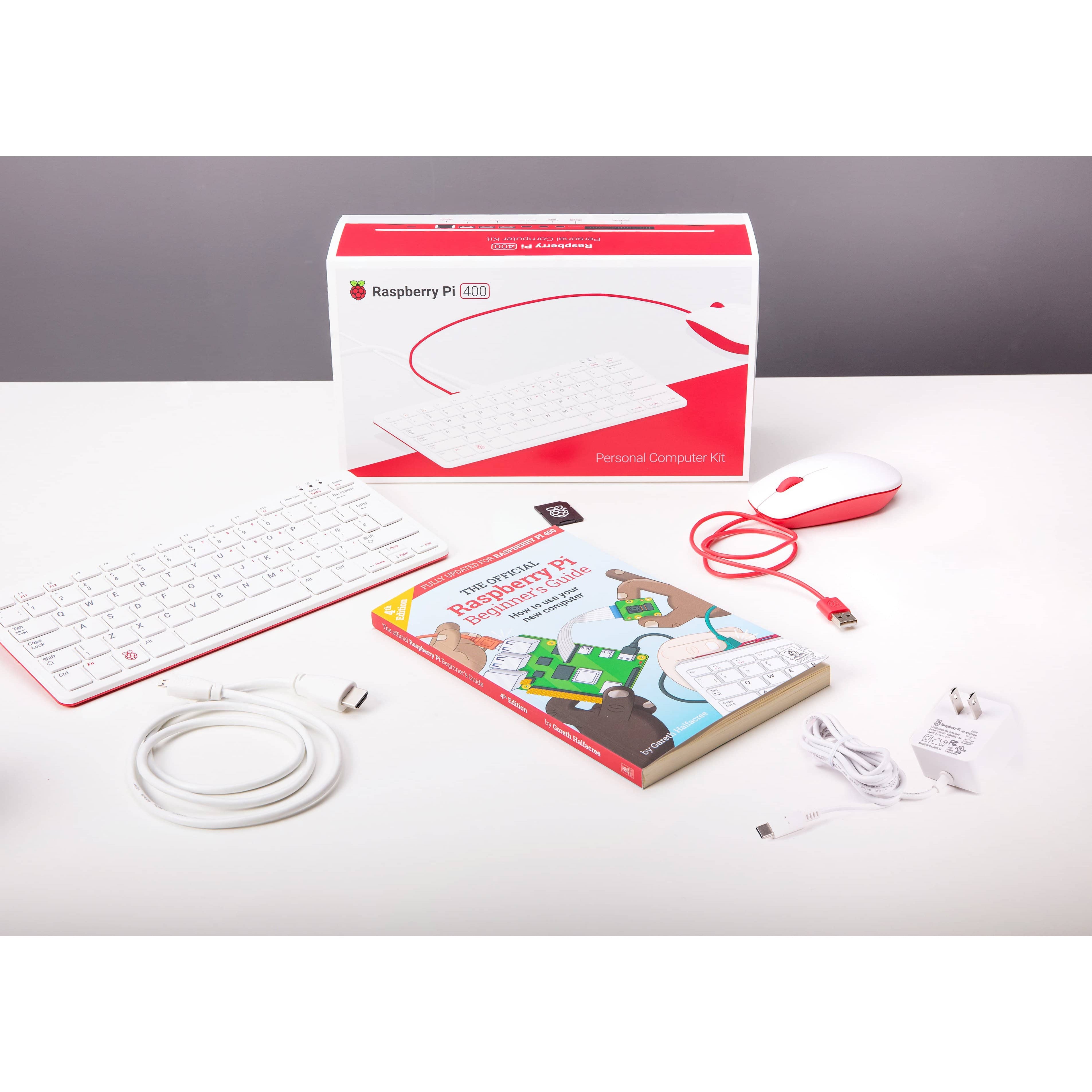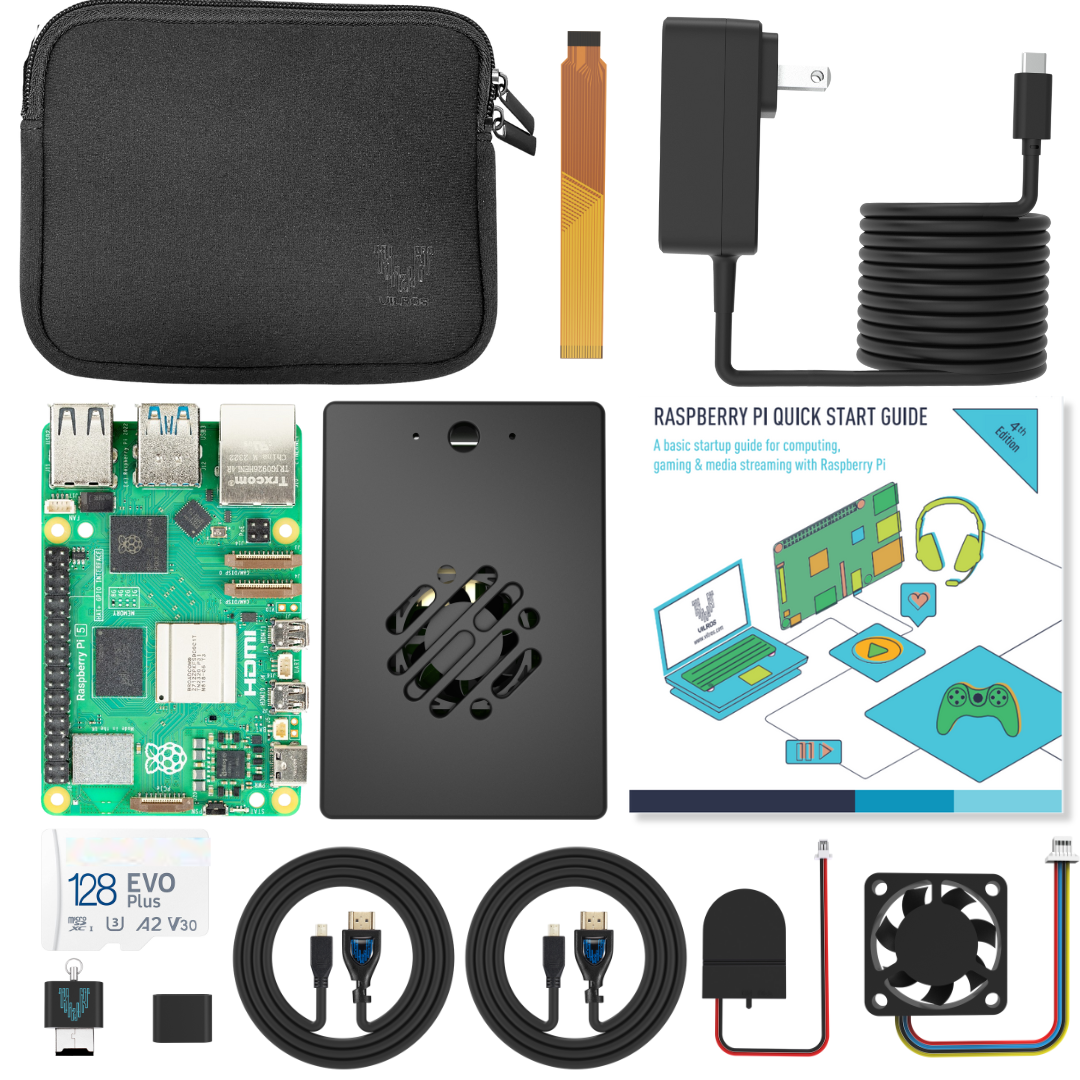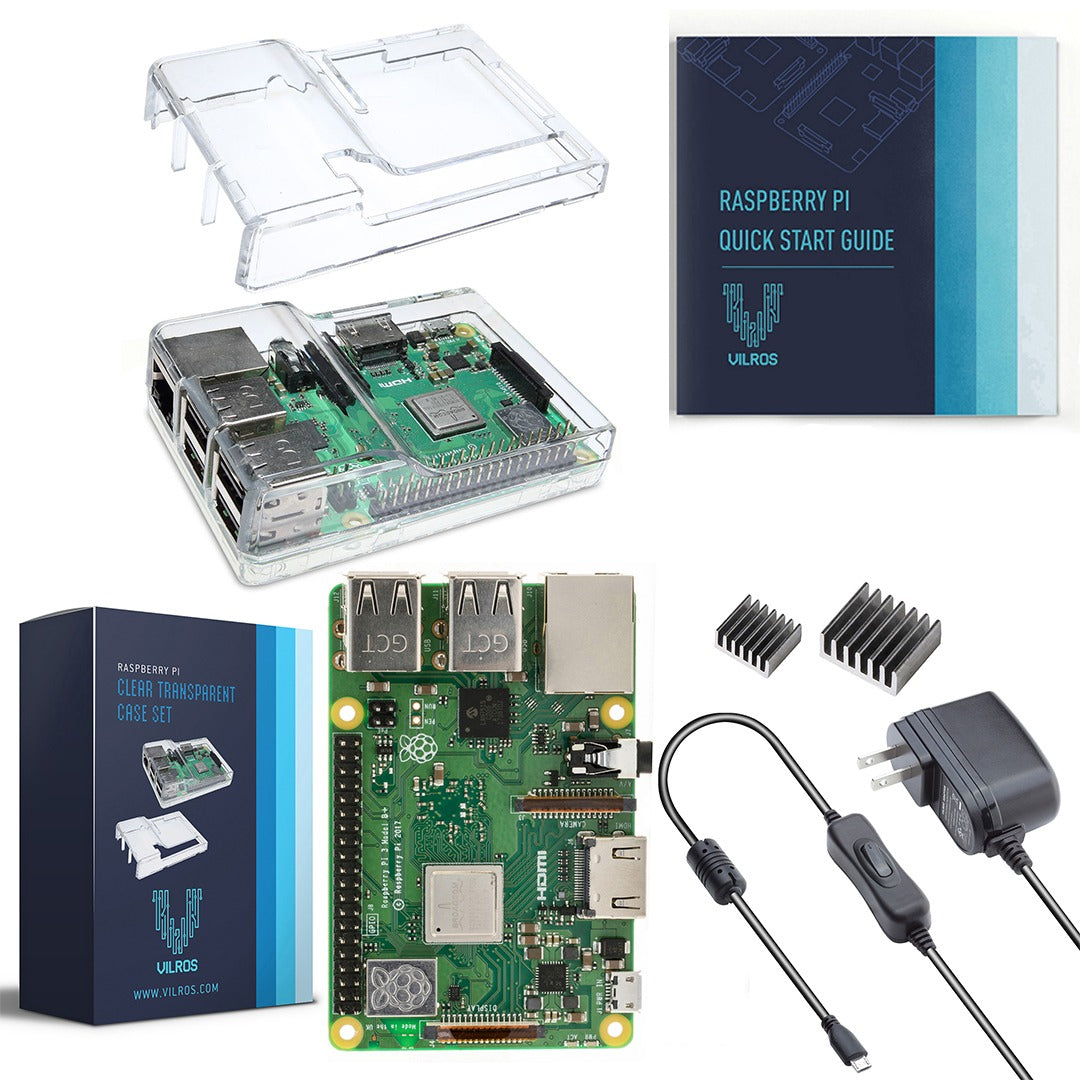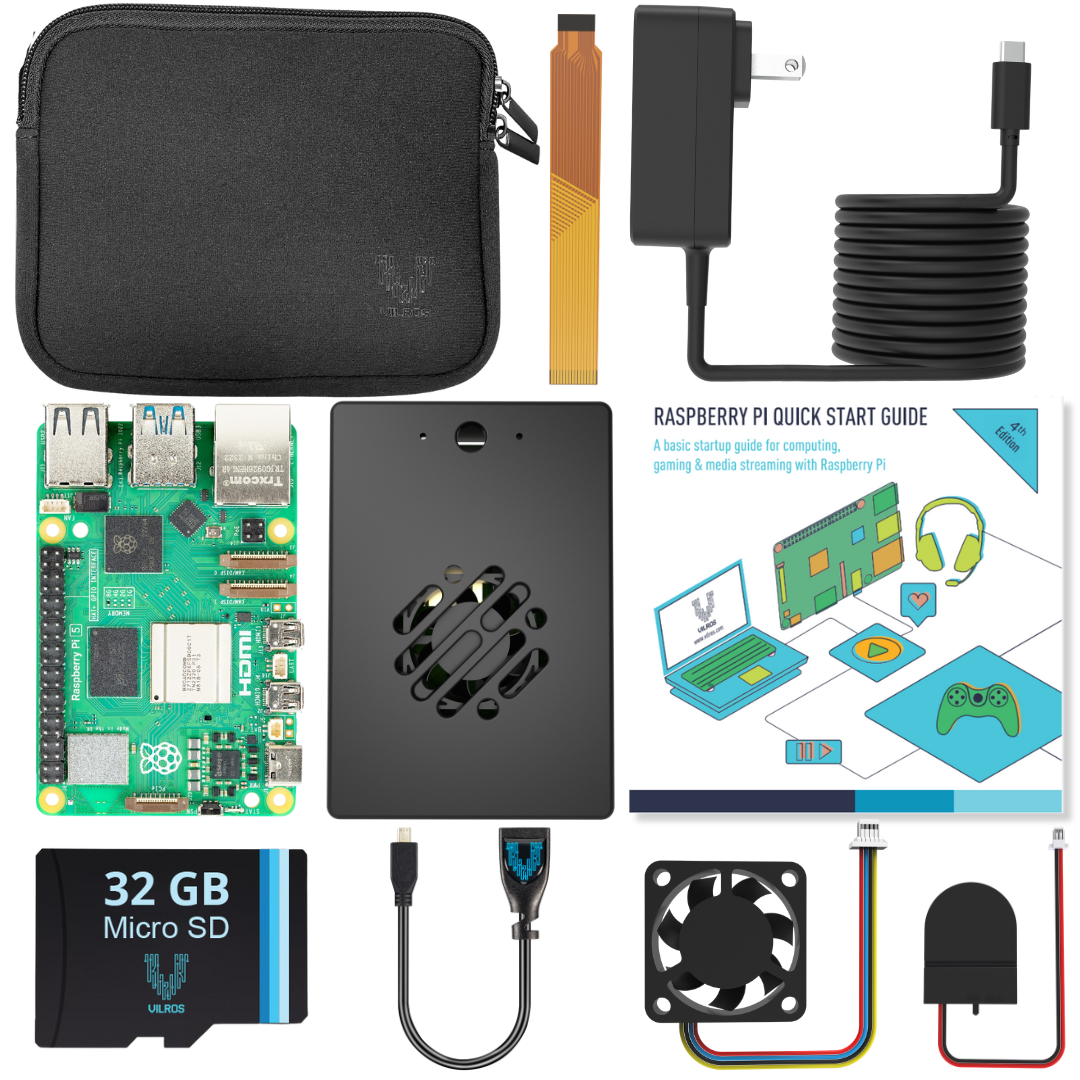
Arduino Launches the Portenta Breakout
Arduino Launches the Portenta Breakout
If you are a hardware developer, tester, or if you are into debugging on the Portenta family boards, you’re going to be excited about this announcement: the Arduino Portenta Breakout board was launched and ready to be shipped as of mid-March 2021.
This new Arduino board works alongside the Portenta family boards like the Portenta H7 for prototyping, allowing hardware engineers to test the Portenta family capacity and device connections.
As an opensource hardware system, the Arduino Portenta Breakout Carrier allows you to build your own board. It even has a complete downloadable pinout diagram in the form of a PDF file that you can easily access here.
Features and accessories of the Arduino Portenta Breakout
The Arduino Portenta Breakout uses a USBA port with RJ45 GBit Ethernet. A Micro SD card provides the memory slot and the system has a power ON button as well as a Boot mode DIP switch. HD male / female connectors offered include the USBA, RJ45 GBit Ethernet, Micro SD card, and OpenMV shutter module which is the camera connector. There is also a MIPI 20T JTAG with trace capability for the purpose of debugging.
At 164 mm long and 72 mm wide, the Arduino Portenta Breakout weighs 0.069 kg. Power is supplied by a CR2032 RTC lithium battery backup and there is also an external power terminal block on the Arduino Portenta Breakout.
Signal debugging is made possible on the Arduino Portenta Breakout because of the male / female HD connectors that have the capacity to interpose the breakout between Portenta and shield. The accessories available with the Arduino Portenta Breakout include a 20 pin JTAG programmer, OpenMV Global Shutter Camera Module, as well as 8-pin, 10-pin, 12-pin, and 22-pin headers or connectors that come with 2.54 mm pitch.
Why You’ll Want the Arduino Portenta Breakout 
If all the features and accessories of the Arduino Portenta Breakout described above haven’t excited you enough already, here are some more details about the Arduino Portenta Breakout that should intrigue you.
By exploiting input as well as output capabilities well, the Arduino Portenta Breakout allows for individual accessibility of the signals of all high-density connectors. This makes connecting convenient and speedy so that normal testing of external hardware components and devices is possible during the period of development in the lab.
The OpenMV Global Shutter Camera Module connectivity on the Arduino Portenta Breakout makes it possible to rapidly develop machine vision applications. The automation of industrial grade solutions can take place in much lesser development time thanks to the Arduino Portenta Breakout. Easy debugging is also possible because of the JTAG connector which allows for bus lines to be inspected via the breakout pins.
Applications for Your New Arduino Portenta Breakout
Whether it is product development, technical education, or more, the Arduino Portenta Breakout can find applications in many areas. Product development is made easier by the reduction in development time needed to automate industrial grade solutions.
The OpenMV Global Shutter Camera Module makes machine vision applications easier alongside the Portenta family. In terms of technical education, the Arduino Portenta Breakout board can serve as the starting point to educate technicians in embedded systems as well as industrial grade control.
Are you excited about all that you have heard about the new Arduino Portenta Breakout? Are you curious to try out the many features of the Arduino Portenta Breakout for yourself and see the impact? Well, don’t wait around. Try it out and let us know what you think!
And once you do, be sure to check back regularly here for more Arduino and Raspberry Pi news on our Vilros blog!





